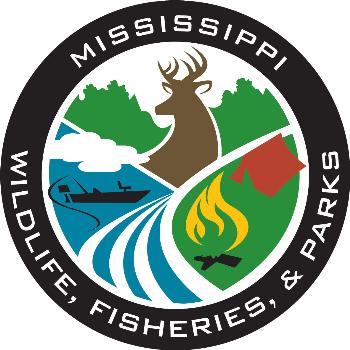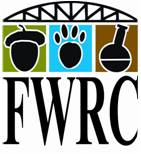Effects of Soil Region, Litter Size, and Gender
on Morphometrics of White-Tailed Deer Fawns
Principal Investigators
Dr. Steve Demarais
Mississippi State University Department of Wildlife and Fisheries
Dr. Bronson Strickland
Mississippi State University Department of Wildlife and Fisheries
Chad Dacus
Mississippi Department of Wildlife, Fisheries, and Parks
Graduate Research Assistants
Amy C. Blaylock
Mississippi State University Department of Wildlife and Fisheries
Previous research documented that white-tailed deer body mass and antler size varied across physiographic regions of Mississippi. Deer from regions with greater soil fertility had greater body mass and antler size; however, this information is known only for individuals six months of age and older. We monitored birth mass and skeletal size of fawns produced by bred, adult, female white-tailed deer transplanted from the Delta, Thin Loess (Loess), and Lower Coastal Plain (LCP) soil regions. We evaluated the effect of soil region, litter size, and fawn gender on mass and size at birth. We found that LCP fawns and twins were lighter and shorter than loess and/or delta fawns and singletons. Males were heavier than females. Differences between regional birth dates within the pens and estimated regional birth dates based on a fetal growth curve raises questions about wide-spread application of this method of estimating deer breeding and fawning dates.
Full Report on Research Accomplishments To Date
Funding for this project was provided by:
 |
 |
 |
 |









